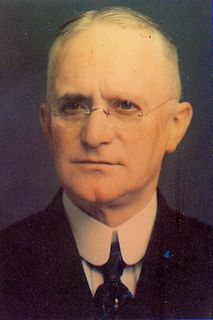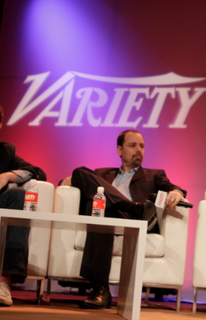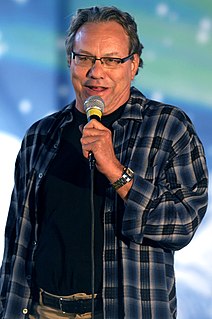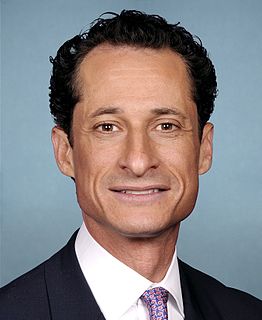A Quote by Jaron Lanier
Here’s a current example of the challenge we face. At the height of its power, the photography company Kodak employed more than 140,000 people and was worth $28 billion. They even invented the first digital camera. But today Kodak is bankrupt, and the new face of digital photography has become Instagram. When Instagram was sold to Facebook for a billion dollars in 2012, it employed only thirteen people. Where did all those jobs disappear to? And what happened to the wealth that all those middle-class jobs created?
Quote Topics
Bankrupt
Become
Billion
Billion Dollars
Camera
Challenge
Class
Company
Created
Current
Did
Digital
Digital Photography
Disappear
Dollars
Employed
Even
Example
Face
Facebook
First
Happened
Height
Instagram
Invented
Jobs
Kodak
Middle
More
New
Only
People
Photography
Power
Sold
Than
Thirteen
Those
Today
Wealth
Worth
Related Quotes
It's nonsense. If, in fact, putting one out of four people in the state of Kentucky on Medicaid created 12,000 jobs and $30 billion in economic prosperity, why wouldn't we put every single person in the state of Kentucky on Medicaid? We'd create 48,000 jobs by that logic and $120 billion worth of economic advantage.
All those predictions about how much economic growth will be created by this, all of those new jobs, would be created by the things we wanted - the extension of unemployment insurance and middle class tax cuts. An estate tax for millionaires adds exactly zero jobs. A tax cut for billionaires - virtually none.







































